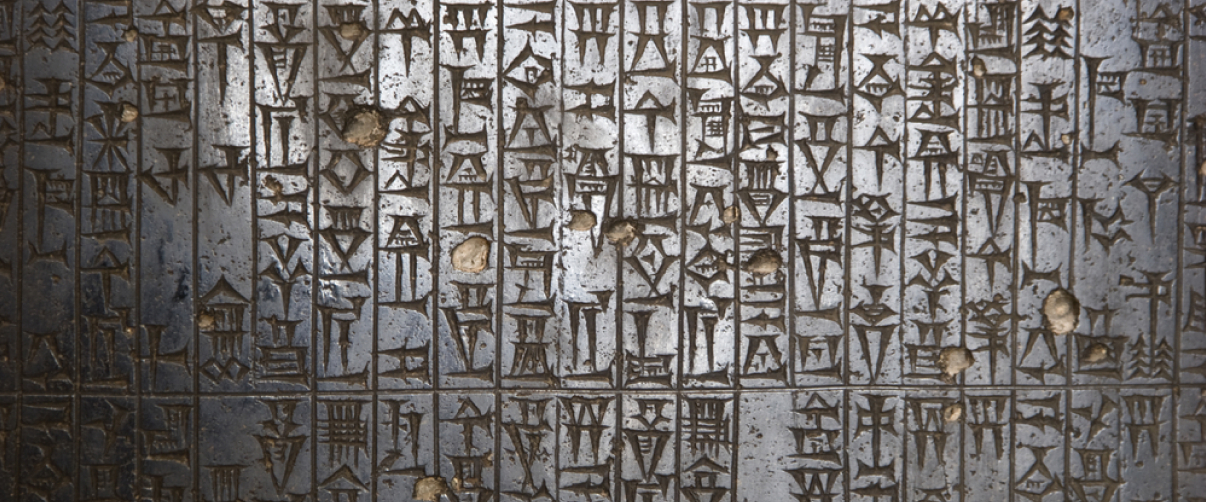In the annals of human history, few documents have wielded as profound an influence as the Code of Hammurabi. Crafted nearly 3,800 years ago by Hammurabi, the sixth king of Babylon, this collection of 282 laws not only unified his empire but also laid foundational principles that resonate within modern justice systems today.
The Code of Hammurabi: How Ancient Laws Shaped Modern Justice Systems

An Ancient Blueprint for Justice
Hammurabi ascended to the throne of Babylon around 1792 B.C., transforming it from a modest city-state into a sprawling empire that dominated Mesopotamia. Recognizing the need for a cohesive legal framework, he established the Code to ensure that the strong should not harm the weak. This principle underscored his commitment to justice and order, seeking to protect all citizens regardless of their status.
The Code was inscribed on a towering diorite stele, prominently displayed for all to see. At the top of the stele, Hammurabi is depicted receiving the laws from Shamash, the Babylonian god of justice, symbolizing their divine inspiration. By making the laws public, Hammurabi promoted transparency and accountability within his empire.
Foundations of Legal Principles
One of the most remarkable aspects of the Code is its introduction of the presumption of innocence. The laws required that evidence be presented to establish guilt, a concept that forms the bedrock of modern legal systems. The use of witnesses and the gathering of proof were essential components in the administration of justice under Hammurabi’s rule.
Moreover, the Code is famous for the principle of lex talionis, or “an eye for an eye”. While this may seem harsh by contemporary standards, it represented a move towards proportional justice, ensuring that penalties were commensurate with the offenses committed. This retributive justice aimed to deter wrongdoing and maintain social order.
Influence on Modern Legal Systems
Hammurabi’s Code has had a lasting impact on legal thought and the development of subsequent legal systems. Its emphasis on written laws that are publicly accessible laid the groundwork for the concept of the rule of law. By documenting laws, Hammurabi set a precedent for transparency and consistency in legal proceedings.
The Code addressed a wide array of subjects, from property rights and trade regulations to family law and criminal justice. For example, certain laws within the Code prefigure modern financial instruments such as derivatives and secured loans. Law 48 allowed farmers relief on mortgage payments in the event of crop failure, akin to modern loan forgiveness or insurance. Laws 49 and 50 introduced ideas of secured loans with collateral, paralleling contemporary practices of using assets to secure debts.
The Evolution of Legal Codification
The tradition of codifying laws, as exemplified by Hammurabi, has continued through history. This practice ensures that laws are not arbitrary but based on established statutes that govern society. In modern times, however, the sheer volume and complexity of laws have made it challenging for individuals to understand and comply with legal requirements.
Enter Computational Law, a field that seeks to automate legal reasoning and make laws more accessible. By translating legal texts into machine-readable formats, Computational Law enables systems to provide actionable legal analysis. This innovation echoes Hammurabi’s efforts to make the law understandable and accessible to his subjects.
From Stone Stele to Digital Code
The journey from Hammurabi’s etched stone pillars to today’s digital legal systems underscores the enduring quest for justice and the protection of the vulnerable. While the mediums have changed, the fundamental principles remain steadfast.
Hammurabi’s legacy teaches us that laws must be clear, accessible, and just. As modern societies grapple with increasingly complex legal challenges, the wisdom encapsulated in the Code of Hammurabi continues to offer valuable insights. It reminds us that the ultimate goal of any legal system should be to ensure fairness and prevent the oppression of the weak by the strong.
Explore the profound impact of the Code of Hammurabi and discover more about how ancient laws continue to shape our world today.











